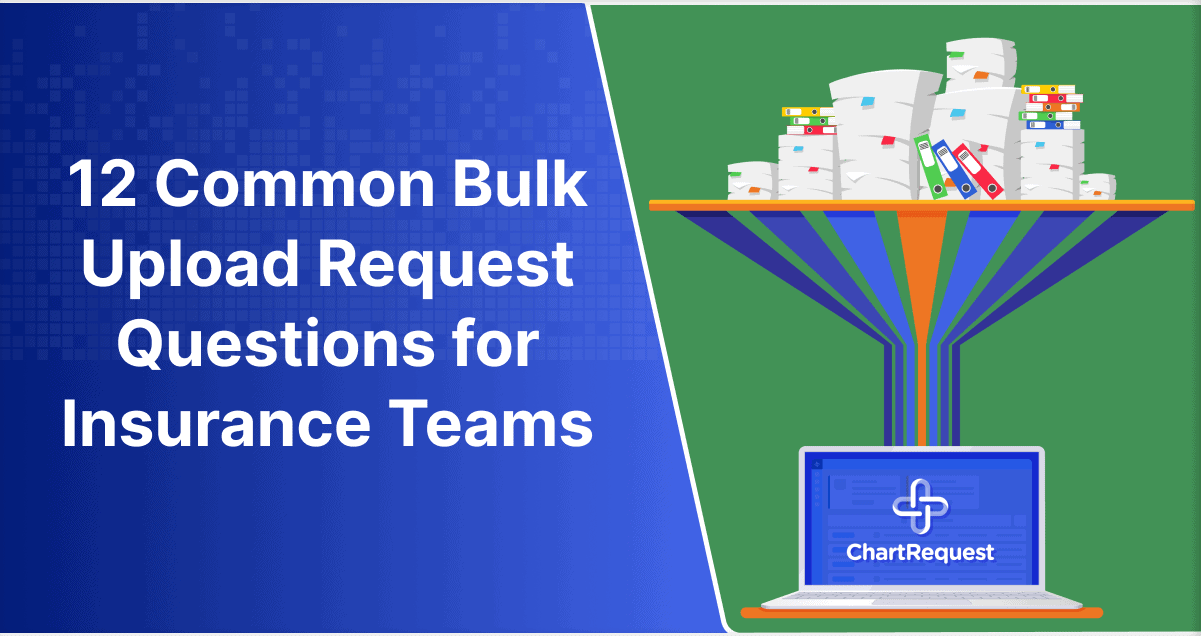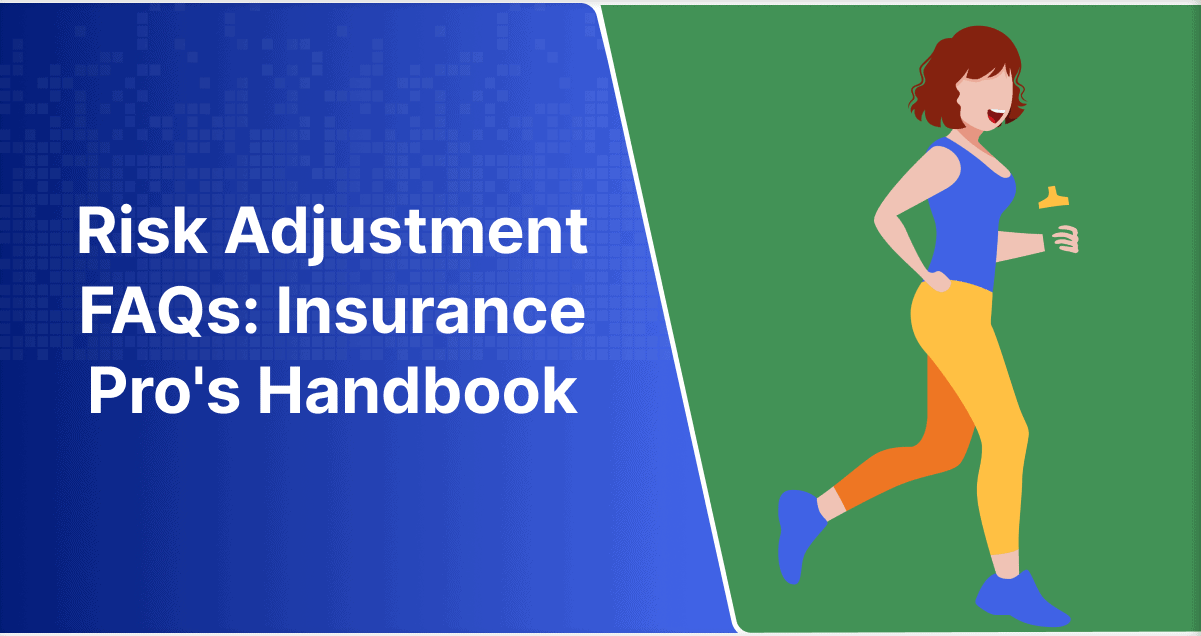
Why Is a Combined Ratio Important for Insurance Risk Adjustment?
The combined ratio is a financial metric that measures insurance company revenue compared to claims payout.

The combined ratio is a financial metric that measures insurance company revenue compared to claims payout.

Insurance bonds cover hospitals and other medical practices from losses related to lawsuits or other financial setbacks.

Understanding the difference between claims made vs occurrence is crucial for physicians and payors to prevent financial loss.

The insurance underwriting process can be a challenge, but ChartRequest can help streamline the essential retrieval of medical records.

Understanding insurance coverage for pre-existing conditions is crucial for payors aiming to stay compliant with the ACA.

Risk adjustments in healthcare are essential for understanding a fair rate for health and life insurance plans.

Bulk upload requests for medical records are an essential process for insurance companies when audit season arrives, and ROI vendors can help.

Personalized life insurance addresses specific needs that are hard to meet with standard, one-size-fits-all life insurance policies.

A medical claim audit can be a headache on your own, but ChartRequest is here to simplify the process for your team.

When your patient has a health insurance claim denied, it can be important to understand why so you can avoid this issue for future claims.

These risk adjustment FAQs are designed to help insurance professionals understand the most important aspects of risk adjustment.

Wondering, “What are clawbacks in healthcare?” They are when an insurance company reclaims money paid out to a healthcare organization.